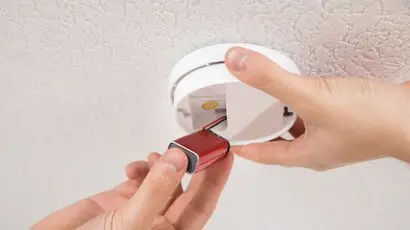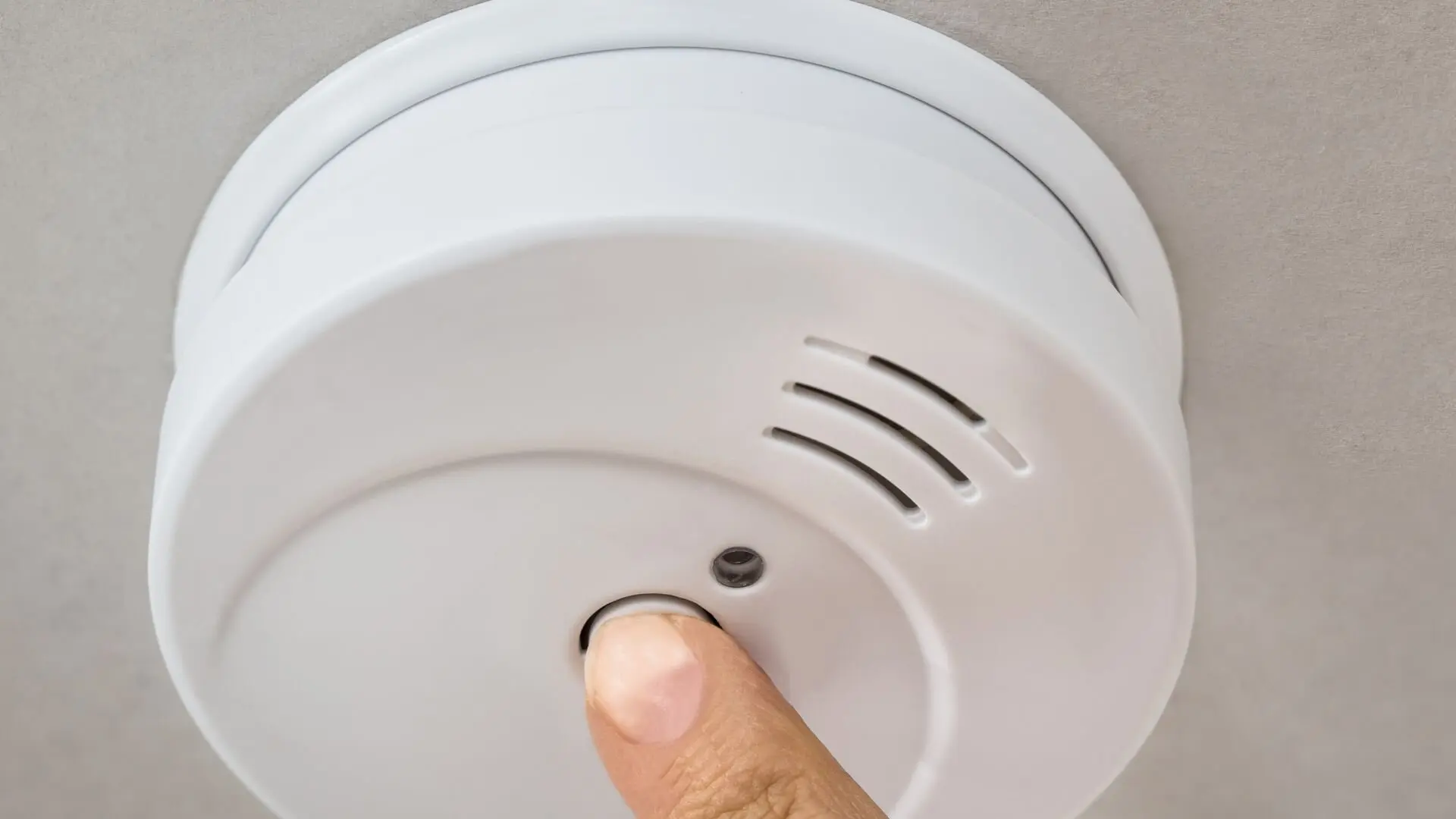
Get your free Melbourne Electrician quote today!
Our team of Melbourne Electricians is here to help you with any questions or concerns you may have. We’re committed to providing you with the best possible service and support.
Smoke alarms aren’t just a safety feature—they’re a legal must for every rental. If you’re a landlord, it’s vital to know exactly what’s required. From the latest compliance laws to practical installation tips, this guide breaks down everything you need to avoid fines and protect your tenants.
When it comes to rental properties, smoke alarms aren’t just a box-ticking exercise—they’re a legal and potentially life-saving necessity. Every landlord has a duty of care to ensure smoke alarms are properly installed and working, and smoke alarm regulations exist to hold them accountable.
Fires can take hold in seconds, and tenants may not have time to escape without the right warning system.According to Fire and Rescue NSW, you’re twice as likely to die in a residential fire if your home doesn’t have aworking smoke detector. It’s a sobering statistic highlighting why smoke alarm safety should never be overlooked.
Landlords who fail to comply with current smoke alarm regulations risk fines and severe liability if an incident occurs. Staying on top of installation, maintenance, and upgrades is more than compliance—it’s critical to protecting your tenants and your investment.
Understanding Alarm Regulations and Building Regulations for Rentals
Australian states have clear and comprehensivesmoke alarm regulationsto help protect tenants and reduce fire-related incidents. These laws vary across jurisdictions, but the goal is the same: ensureresidential propertiesare equipped with reliable alarms and that landlords meet their legal responsibilities. From installation to regular testing, keeping up with the rules is key to maintainingelectrical safetyand peace of mind.

Maintaining smoke alarms isn’t just good practice—it’s a legal requirement protecting property and lives. Here’s what landlords need to stay on top of:
- Test all smoke alarms at least once every 12 months to ensure they’re operational.
- Replace alarms over 10 years old or fail during testing—no exceptions.
- Check and replace backup batteries regularly, even in hardwired models.
- Landlords are responsible for smoke alarm maintenance in most states, including testing and replacement.
- Depending on your state or territory, tenants may be required to report faults or replace standard batteries.
- Schedule regular electrical safety checks to verify that hardwired smoke alarms are functioning correctly and installed to code.
- Always use licensed professionals for smoke alarm maintenance and upgrades to meet compliance with Australian standards and avoid legal risks.
Avoiding Common Mistakes With Smoke Alarms in Rentals
Even well-meaning landlords can fall into costly traps when it comes to compliance with smoke alarms. Here’s what to avoid:
- Installing non-compliant or expired alarms, especially in sole occupancy units or older homes.
- Failing to upgrade to wireless interconnected smoke alarms or where a property requires mains-powered models.
- Mounting alarms too close to an air conditioning vent can reduce effectiveness.
- Attempting DIY setups instead of using a licensed electrician, especially for hard wired alarms.
- Forgetting to replace batteries or skipping annual servicing.
- In South Australia, landlords must give written notice before entering to check or test alarms—another detail easy to overlook.
How Interconnected Photoelectric Smoke Systems Improve Tenant Safety
Interconnected photoelectric smoke alarmsare designed to act as a unified system—when one detects smoke, all alarms sound instantly. This real-time response provides early warning across the entire property, even waking tenants who may be asleep in distant rooms.
These systems effectively reduce risk, especially in multi-storey or multi-room rental homes. By offering faster alerts, they improve evacuation times and dramatically increase safety outcomes.
Beyond protection, they also help landlords meet growing legal requirements. Many states now favour or require interconnected systems, making them a smart choice forcomplianceandtenant wellbeing.
Why Professional Installation of Smoke Alarms Is Essential for Landlords
Installing smoke alarms by alicensed electricianisn’t just about ticking a legal box—it’s about protecting tenants, reducing liability, and ensuring long-term peace of mind. Here’s why expert installation matters:
Meeting Australian Standards and Legal Requirements
- Professionals use smoke alarms that meetAustralian Standard AS 3786, ensuring compliance with state legislation.
- They understand the legal requirements forphotoelectricandhard wiredalarms inrental properties.
Safe, Compliant Installation
- A qualified installer avoids unsafe DIY wiring that could breach electrical safety regulations.
- They know where to position alarms for maximum coverage and to avoid interference from sources like an air conditioning vent.
Reducing Risk and Liability
- Improper installs can lead tonon-compliance, risking fines or tenant harm.
- Professionals provide installation certificates, supporting landlord due diligence if a dispute arises.
Built for Today’s Standards
- Electricians can integrate wireless interconnected smoke alarms or hardwired systems as required in sole-occupancy units and other dwellings.
- They advise when to replace batteries and EST systems and issue written notice for access, particularly in states like South Australia.
Your Rental Your Responsibility Stay Safe and Covered
When it comes to smoke alarm compliance,WP Electricalis the team landlords trust. We offer complete smoke alarm services tailored for rental properties—from new installations and upgrades to routine maintenance and compliance checks. Whether you’re managing one unit or a portfolio of properties, we’ll ensure your alarms are installed correctly, tested regularly, and aligned with the latest Australian Standard requirements.
Our electricians are well-versed in state-specific alarm regulations and understand what’s required to protect landlords and tenants. We don’t just install smoke alarms—we help you stay compliant, avoid costly penalties, and gain peace of mind knowing your property is fire-safe.
With a focus on clear communication, reliable service, and no surprises, we’re proud to support local landlords and property managers across the region.Contact WP Electrical todayfor expert advice or a no-obligation quote on smoke alarm solutions you can count on.
Published by: Pascal Harb17 October 2025